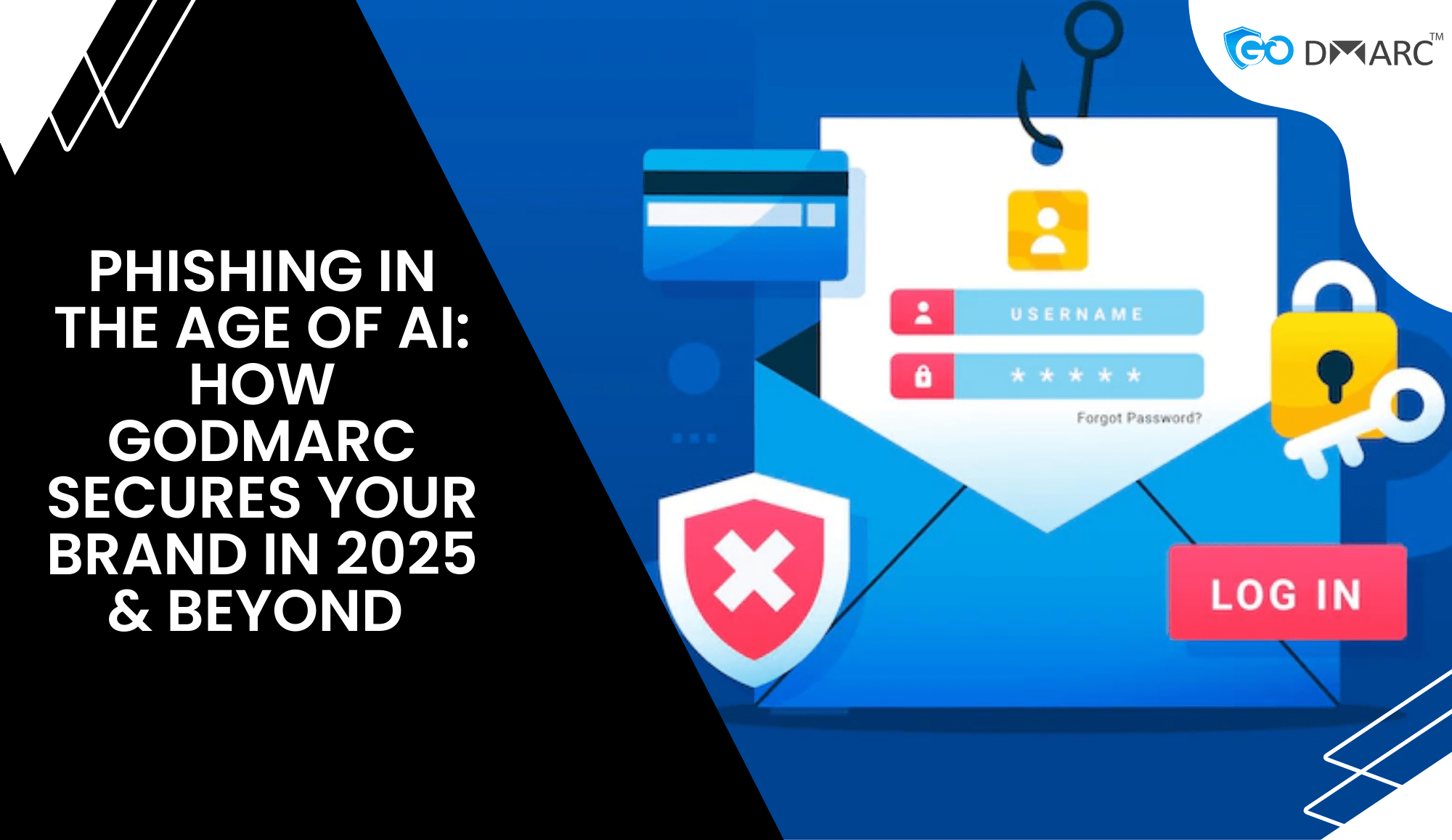Email security has become a critical priority for organizations worldwide as cyber threats like phishing, spoofing, and email fraud continue to rise. One of the most effective ways to safeguard email communications is through DKIM Services. DomainKeys Identified Mail (DKIM) is an email authentication protocol that ensures messages remain untampered with during transit and verifies their legitimacy. Organizations leveraging DKIM Services can protect their domain reputation, enhance email deliverability, and strengthen their cybersecurity framework.
Understanding DKIM and Its Importance
DKIM (DomainKeys Identified Mail) is an authentication mechanism that uses cryptographic signatures to validate the sender’s identity and confirm that an email has not been altered. When an organization sends an email, DKIM adds a unique digital signature to the email header. The recipient’s email server then verifies this signature using a public key published in the sender’s DNS records.
Key Benefits of DKIM Authentication:
- Prevents Email Tampering: DKIM ensures that email content remains unchanged from sender to recipient.
- Enhances Email Deliverability: Authenticated emails are less likely to be marked as spam or rejected by recipient mail servers.
- Strengthens Brand Reputation: Helps businesses build trust with customers by preventing domain spoofing.
- Supports Compliance Standards: Many regulations, such as GDPR and HIPAA, encourage robust email authentication methods like DKIM.
What Are DKIM Services?
DKIM Services encompass a range of tools and solutions that assist organizations in implementing, managing, and monitoring DKIM authentication. These services include:
- DKIM Key Generation and Management: Tools that generate and rotate DKIM key pairs to enhance security.
- DKIM Record Publishing: Services that ensure proper DNS configuration for DKIM authentication.
- DKIM Signature Verification: Solutions that verify incoming emails to detect spoofing attempts.
- DKIM Reporting and Monitoring: Tools that provide visibility into DKIM authentication failures and suspicious email activity.
By using DKIM Services, organizations can simplify the process of setting up and maintaining DKIM authentication while ensuring optimal security and performance.
How DKIM Services Work
Step 1: Generate DKIM Keys
DKIM requires a pair of cryptographic keys:
- Private Key: Used by the sender’s mail server to sign outgoing emails.
- Public Key: Published in the domain’s DNS as a TXT record, allowing recipient servers to verify the signature.
Step 2: Configure the DKIM Record
The public key is stored in a DKIM record, formatted as follows:
selector._domainkey.yourdomain.com TXT "v=DKIM1; k=rsa; p=PUBLIC_KEY"Step 3: Enable DKIM Signing
Email servers or third-party email services sign outgoing messages using the private key.
Step 4: Verification by Recipient Servers
When the recipient’s email server receives a message, it extracts the DKIM signature and selector, retrieves the public key from DNS, and verifies the email’s authenticity.
Step 5: Monitor and Optimize
DKIM reports provide insights into authentication results, helping organizations refine their email security strategies.
Types of DKIM Services
1. Cloud-Based DKIM Solutions
Many organizations opt for cloud-based DKIM solutions that integrate with their existing email infrastructure. These services handle key management, DNS updates, and authentication reporting seamlessly.
2. On-Premises DKIM Implementation
Businesses with strict security policies may prefer on-premises DKIM solutions, where they retain complete control over DKIM key management and implementation.
3. Managed Email Security Services
Third-party email security providers offer managed DKIM Services as part of a comprehensive email authentication suite, often alongside SPF and DMARC.
4. Open-Source DKIM Tools
For organizations looking for cost-effective solutions, open-source DKIM tools provide flexibility but require technical expertise for proper setup and maintenance.
Best Practices for Implementing DKIM Services
1. Use Unique DKIM Selectors for Different Email Services
Organizations using multiple email providers should assign unique selectors for each service to prevent authentication conflicts.
2. Rotate DKIM Keys Regularly
Regular key rotation enhances security by reducing the risk of key compromise.
3. Monitor DKIM Authentication Reports
Analyzing DKIM reports helps detect misconfigurations, spoofing attempts, and potential security threats.
4. Implement DKIM Alongside SPF and DMARC
DKIM works best when combined with SPF (Sender Policy Framework) and DMARC (Domain-based Message Authentication, Reporting, and Conformance) to create a robust email authentication framework.
5. Ensure Proper DNS Configuration
Incorrect DKIM records can lead to email authentication failures. Use validation tools to confirm proper DNS setup.
Common Challenges and Troubleshooting DKIM Services
1. DKIM Signature Verification Fails
- Cause: Incorrect DNS configuration or mismatched keys.
- Solution: Verify the DKIM record and ensure the correct public key is published.
2. Email Deliverability Issues
- Cause: Misconfigured DKIM, SPF, or DMARC policies.
- Solution: Regularly review email authentication settings and adjust policies as needed.
3. Key Rotation Disruptions
- Cause: Failure to update DNS records when rotating DKIM keys.
- Solution: Use dual selectors to transition between old and new keys smoothly.
4. Selector Not Found Errors
- Cause: Missing or misconfigured DKIM selector in DNS.
- Solution: Ensure the selector is correctly published and allow time for DNS propagation.
The Future of DKIM Services
As email security threats evolve, DKIM Services will continue to play a critical role in protecting organizations against email fraud. Future advancements in DKIM technology may include:
- Automated Key Management: AI-driven solutions for seamless key rotation and security updates.
- Enhanced Reporting Capabilities: More detailed insights into DKIM authentication results.
- Stronger Cryptographic Standards: Adoption of quantum-resistant encryption methods for DKIM signatures.
- Integration with AI-Based Email Security Solutions: Machine learning-driven threat detection integrated with DKIM authentication.
Conclusion
DKIM Services are essential for any organization seeking to enhance email security, protect domain reputation, and improve email deliverability. By implementing a well-structured DKIM authentication strategy, businesses can mitigate risks associated with phishing, spoofing, and email fraud.
Leveraging professional DKIM Services simplifies the management and optimization of DKIM authentication, ensuring that legitimate emails reach their intended recipients while preventing unauthorized use of domain names. As cyber threats become more sophisticated, organizations must stay proactive in adopting and maintaining robust email authentication measures.




